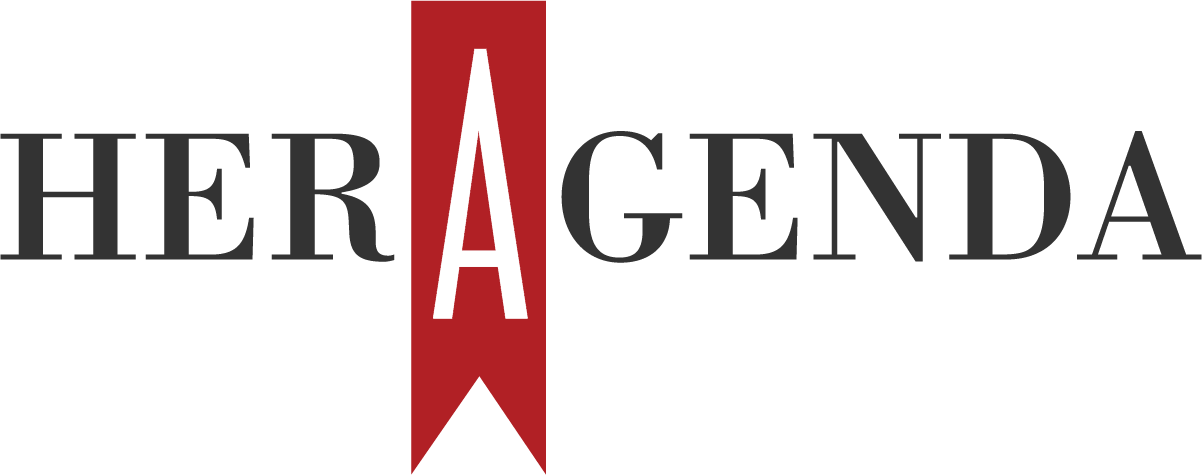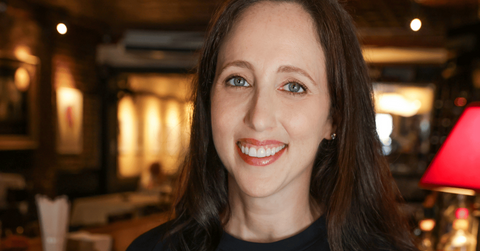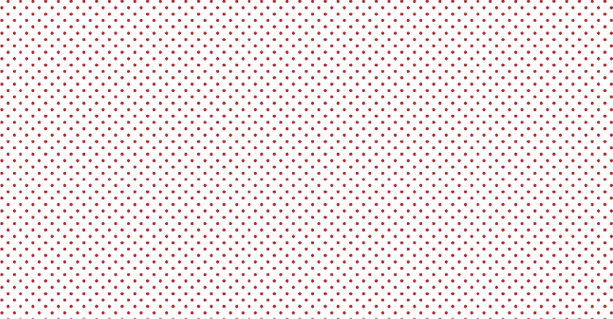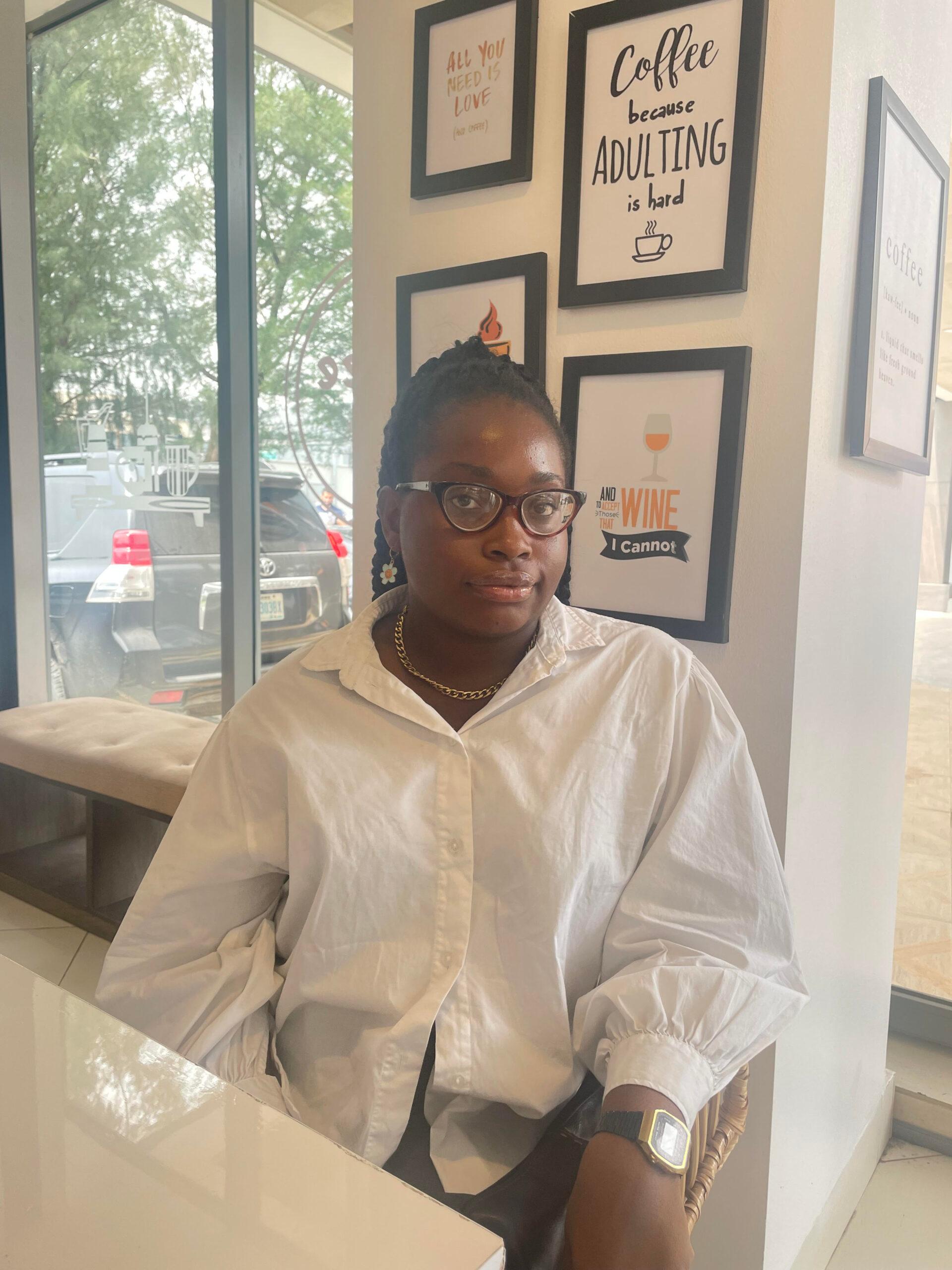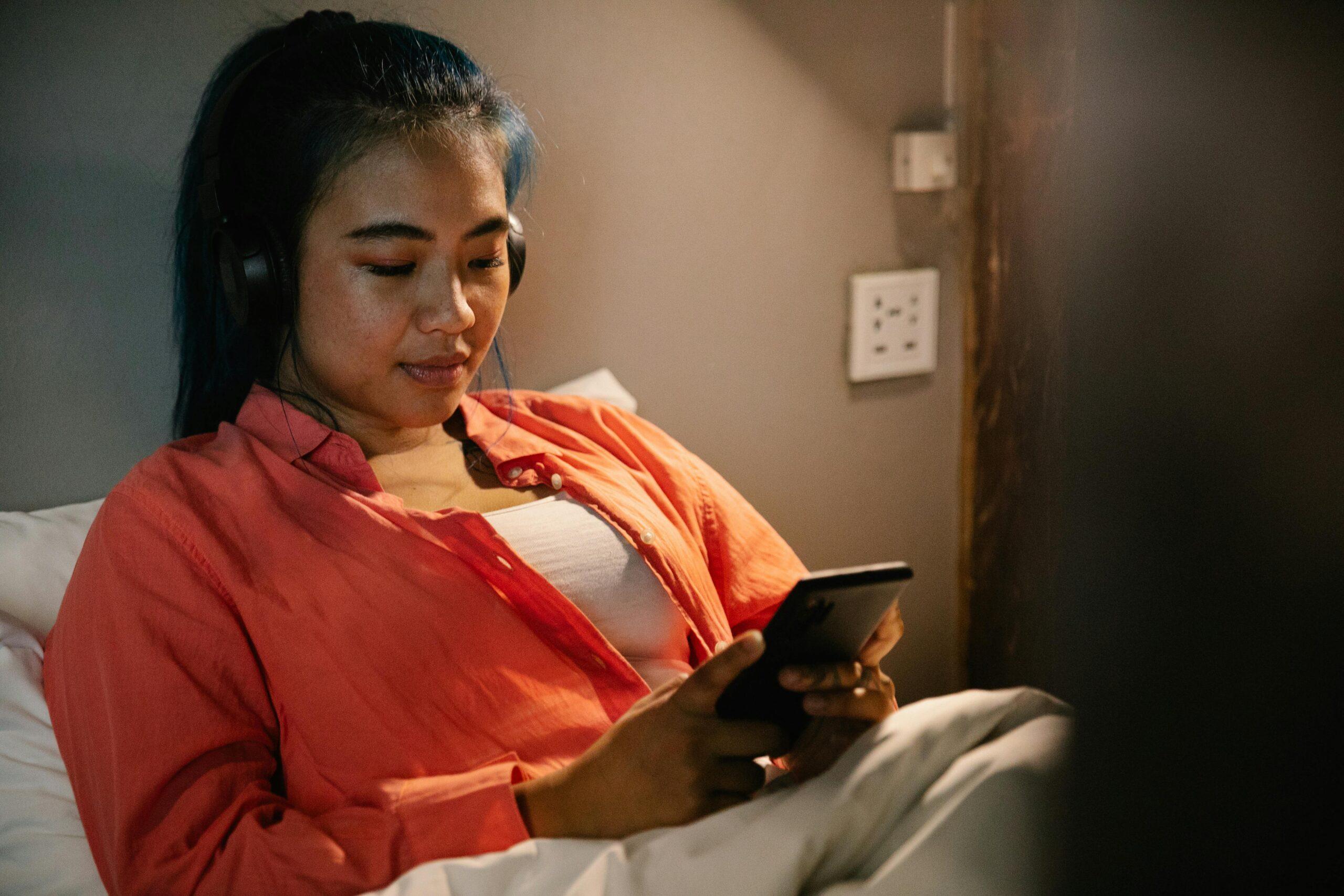Dana Hork, a seasoned brand marketer and storyteller, is disrupting the media industry with her creative agency, Beers With Friends. She helps ambitious and challenger brands solve high-stakes problems in just five days. Together with her cofounder and clients, she delivers fast and impactful brand solutions by creating expert-driven strategy without the bureaucracy of traditional agencies.
Dana has built out meaningful marketing strategies for a range of brands, including Walmart, a global company, and Wonder, a food tech startup. She innovates in each position by building a tailored and community-based brand. In these roles, she produced tangible results, increased customer engagement, built a reputable online presence, and created reliable momentum for the brand.
In this interview, Dana Hork discusses the inspiration and concept behind her agency, Beers With Friends, the story behind its unique name, and how it influences the overall agency branding. Dana also shares what she’s learned being an entrepreneur, how previous roles prepared her for this, and emphasizes the importance of adaptability in their marketing process. She shared the idiosyncrasies of her agency’s marketing approach, which include delivering work in a sive-day sprint called a beer run and the importance of fast, focused, and firepower solutions. She also touched on the challenges of marketing with the success from their previous roles and the significance of human intuition in reactive work.
Her Agenda: What inspired you to start Beers With Friends, how did you come up with the name, and how did you come up with the idea for the agency?
Dana Hork: I’ve been a brand-side marketer throughout my career. I was an early hire at Jet.com, where I led the brand and retention marketing teams. After we were acquired by Walmart, I moved over to lead social media for Walmart U.S. Most recently, I served as SVP of Marketing at Wonder, a company building a ‘super app’ for mealtime.
Across all those roles, one thing I noticed is that ambitious marketers often have aspirations that exceed their available resources — whether it’s budget, time, or talent. The traditional ways to solve this are either hiring more in-house staff or partnering with a big agency of record. But those options aren’t always flexible or fast enough.
What I felt I needed — and what I believed others needed — was an ‘agency on call.’ A model where you can access top-tier creative talent when you need it, but not carry the cost when you don’t. I wanted something nimble, where I could bring in outside perspective and senior thinkers for focused, efficient collaboration.
That’s what sparked Beers With Friends: a creative agency on call that delivers ‘creative firepower on tap’ for ambitious marketers.
As for the name, it came out of a long process. Naming a creative agency is tough; there are so many great names already taken. During a conversation with my co-founder James Wood, I said something like, ‘I just want beers with friends. I want our agency to feel as collaborative and constructive as sitting down with friends over a beer.’ That stuck, and it perfectly captured our ethos.

Her Agenda: Before starting Beers With Friends, you held marketing positions in a couple of companies in the marketing industry, and you entered an independent space where you had to take the reins of your own career. What was that transition like? What skills and mindsets were you able to transfer from that industry, and what is the difference between the two sides?
Dana Hork: Even when I was working within large organizations, whether a fast-moving startup like Jet or a giant like Walmart, I’ve always brought an entrepreneurial mindset to what I do. For example, at Jet.com, I led an initiative called Jet Cares. One of our programs was the Community Diaper Program, which aimed to provide lower-cost diaper packs for families in need. We collaborated with the Obama White House on it, which had been seeking private sector solutions for the country’s diaper gap challenge.
That initiative involved setting a vision, aligning cross-functional teams, and launching a new product with limited resources. So even within a big company, I was flexing entrepreneurial muscles. Moving into a fully independent role with Beers With Friends felt like a natural progression. I brought that same spirit, vision-setting, problem-solving, agility, to building something new from the ground up.
Her Agenda: Could you give a brief rundown of your marketing process? How do you start when marketing a brand? How do you describe the creative process? And how do you execute?
Dana Hork: At Beers With Friends, we tackle all types of marketing challenges using a consistent, sprint-based process we call a Beer Run. Each Beer Run is tailored to a specific problem, but the framework stays the same. We start with divergent thinking, looking outside for inspiration, and identifying what great looks like in creative execution. Then we move into convergent thinking, aligning ideas with business goals and creative briefs.
One core belief we have is that you should never pretend to be a mind reader. We build in key alignment points with the client throughout the five-day sprint, so we’re always checking in, gathering feedback, and ensuring we’re on track. On the first day, we focus on reframing the business problem into a clear consumer problem. That clarity sets the direction for the rest of the sprint.
Another key principle is the value of an outside perspective. We don’t just bring in whoever’s available; we bring in the right experts based on the project. That might include people with unique life experiences or niche industry knowledge. We want to complement what the client already has in-house and bring something fresh to the table.
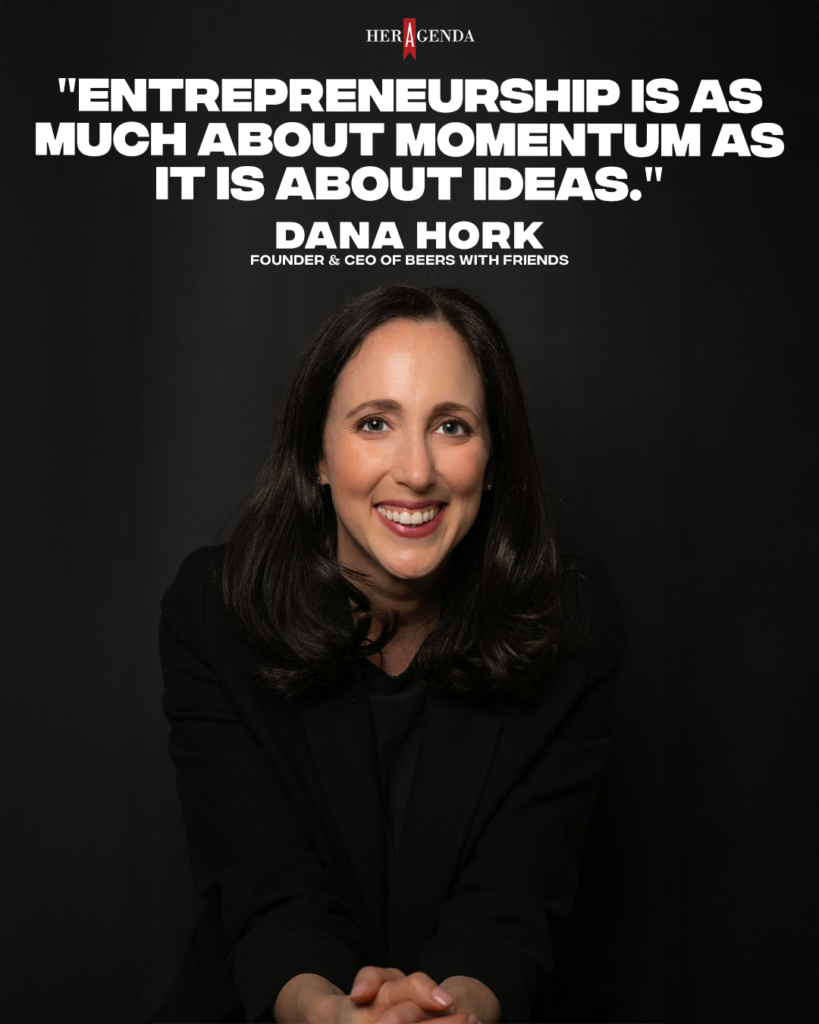
Her Agenda: What would you say is the most interesting marketing brand/project you’ve worked on and why so?
Dana Hork: One project that stands out is our work with Dig, a restaurant concept in the Northeastern U.S. Their CMO, Jessica Serrano, is a true partner and visionary. What makes it exciting is that they’re not just promoting seasonal menus, they’re weaving their brand into broader cultural narratives.
We help Dig develop campaigns that speak to consumer insights, not just product features. It’s about connecting menu innovation to real-life moments and making sure their messaging feels relevant and human. It’s been rewarding to support Jessica’s larger brand transformation vision and see our creative work drive real impact.
Her Agenda: Is there an example of a time when there have been challenges and how you’ve overcome them throughout your business?
Dana Hork: One early challenge was figuring out how to market ourselves without relying on past case studies from other companies. We had done great work at previous jobs, but we didn’t want to take that work and repackage it under our new agency. Instead, we decided to demonstrate our creativity through every part of the customer experience. Our website is playful and engaging. Our emails include GIFs, emojis, and a strong personality. We wanted every client interaction to feel refreshing, and that’s the word we kept hearing.
We’ve extended the beer metaphor throughout our brand experience. Our five-day creative sprint is called a “Beer Run.” Clients can purchase a 4-pack, 6-pack, or 12-pack of Beer Runs. Our website is built on Shopify, and clients can “add Beer Runs to their cart.” Final deliverables are called a “Blueprint.” It’s a fun, cohesive branding experience — and it’s been really well received.
That approach helped us stand out, even before we had a large track record under Beers With Friends. And now, of course, we do have that portfolio, but the mindset of being innovative and “refreshing” continues to guide us through every challenge.
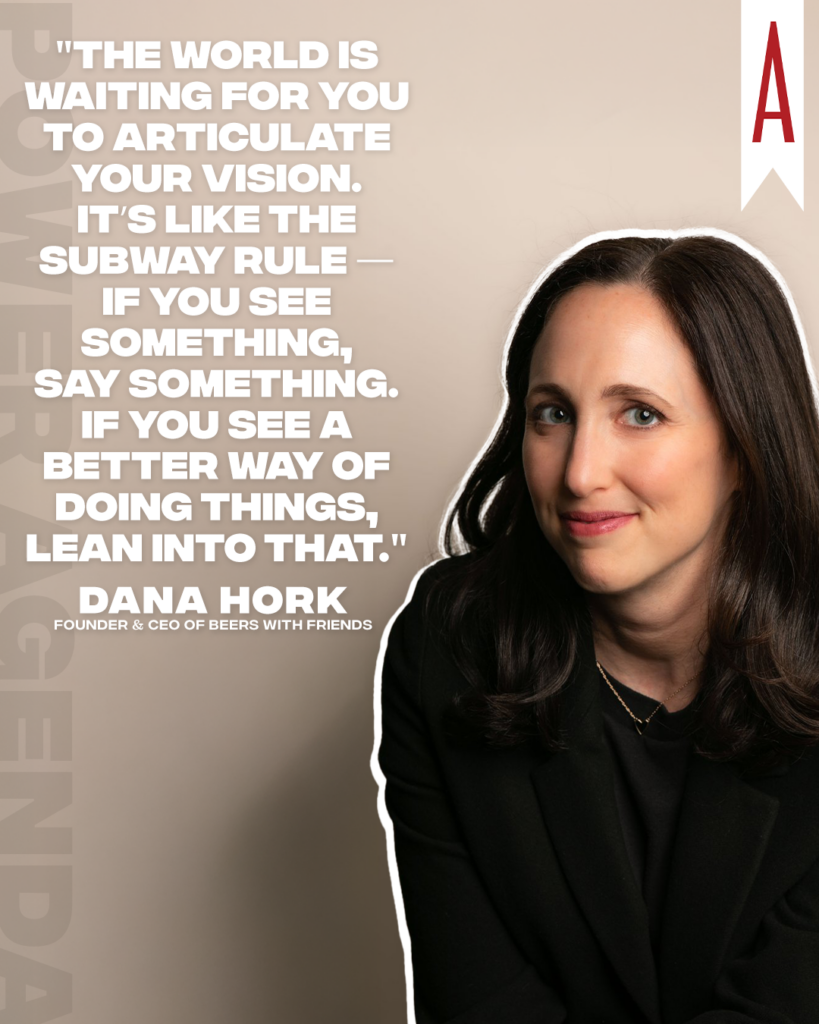
Her Agenda: How did you and your co-founder meet, and what led you to build the agency together?
Dana Hork: James and I met while I was leading social at Walmart and he was at Publicis. I hired his agency as one of our social media partners, and we worked together closely for several years. We developed new content ideas, built a scalable content ecosystem, and had a strong collaborative partnership. When I was starting Beers With Friends, we caught up and started reminiscing about the work we’d done. We talked about what worked, what didn’t, and realized we shared the same vision for a better agency model — more nimble, more collaborative, and built on shared values. That conversation became the foundation for Beers With Friends.
Her Agenda: What is one thing you look for in the brands you represent? What stories do you like to tell?
Dana Hork: We definitely see it as a two-way partnership. We’re not just being selected — we’re selecting our clients too.
The brands we love working with tend to have two things in common. First, ambition. They’re trying to build something new, challenge the status quo, or transform an old brand. They’re not just chasing small wins; they want to make a bold impact.
Second, adaptability. Many of our clients are already working in agile ways, and those who aren’t are open to trying our sprint-based model. That willingness to move fast, give real-time feedback, and be collaborative is essential for the way we work.
Her Agenda: What else do you think sets Beers With Friends apart from other creative agencies?
Dana Hork: We think about our point of difference through the lens of three Fs: Fast, Focus, and Firepower.
Fast – we’re designed to get to great answers quickly. While you’re waiting for documents and meetings to be scheduled by other agencies. We can make progress in five days for you, which is meaningful to fast-moving businesses
Focus – We only work with one client at a time at Beers With Friends, so you’re getting our full focus and attention. And this makes a meaningful difference for the ability to make progress for brands.
Firepower – it’s impossible to have all the right brains for all of the potential projects you have coming up inside your brand. So to know you have an on-call resource that can bring the right people, not just the available people, to a problem you’re trying to crack is really valuable to brand leaders. You’re not going to be able to break through by doing the same thing you’ve done. So, bringing fresh perspectives, mixing them together in interesting ways, and valuing all perspectives enables breakthrough outcomes and creativity.
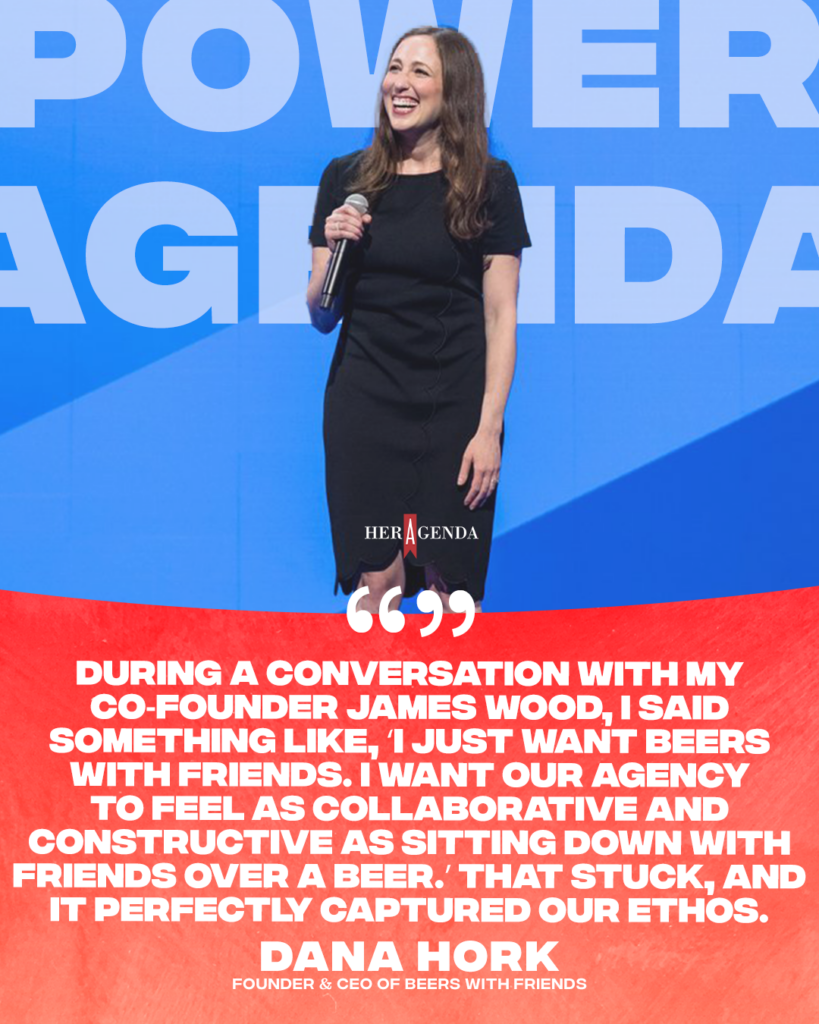
Her Agenda: How do you see the marketing industry changing in the next couple of years, especially with AI?
Dana Hork: AI will absolutely play a bigger role in how marketing and creative teams operate. Right now, it’s a great tool for sparring, for generating first drafts, and for accelerating certain tasks like copywriting or research.
But what AI can’t do is ask the right questions. It’s built to generate answers, but true innovation still comes from human intuition, experience, and insight. I’m very bullish on the role of humans in creativity, especially in strategy, ideation, and asking the bold questions that lead to meaningful breakthroughs.
Her Agenda: What advice would you give other entrepreneurs looking to build a successful business in today’s competitive landscape?
Dana Hork: Go for it. Don’t wait for permission. The world is waiting for you to articulate your vision. It’s like the subway rule—if you see something, say something. If you see a better way of doing things, lean into that. Start small if you need to, iterate as you go, but trust your instincts. Entrepreneurship is as much about momentum as it is about ideas.
[Editor’s note: This article has been edited for length and clarity.]
